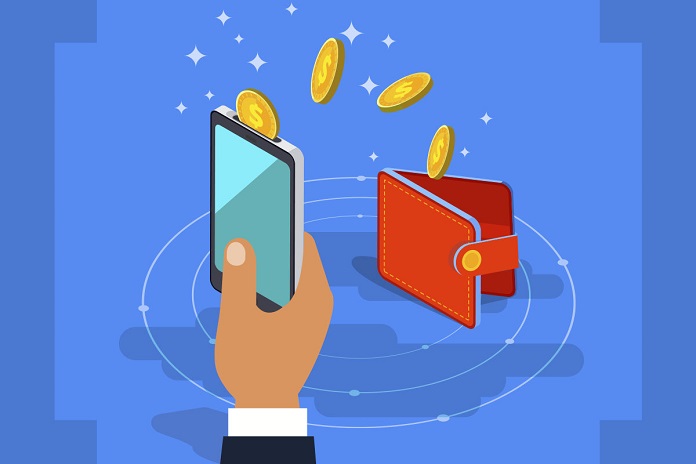Bitcoin has gained immense popularity and growth since its inception in 2009, attracting investors from all parts of the world. It has contributed to both positive and harmful disruptions in global economic circles. Despite Bitcoin’s attractiveness as a store of value and payment method, it also bears significant risks such as volatility. Many regulators and policymakers are still evaluating its risks and benefits to understand how to regulate it.
Bitcoin has initiated a revolution of cryptocurrencies, likely to continue. However, it is a new concept that most people often confuse with electronic or mobile money. The following article will analyze the similarities and disparities between Bitcoin and mobile money to enable you to understand the two.

Mobile Money: Its Definition and How It Works
Mobile money refers to a wide range of electronic payment methods conducted over a mobile phone. Today, various mobile payment platforms offer value-added services such as payment of goods and services through mobile phone contracts and electronic financial services like insurance and credit card application.
Contrary to what some may assume, mobile money is not a currency but a service that facilitates electronic financial transactions in real cash. As such, mobile money services are subject to government regulations and the policies of service providers.

Most mobile money service providers have databases consisting of the users’ contracts, credit card information, and software for processing transactions. They validate transactions using SMS or USSD, with a primary network or a pool of smartphone users. Others also use mobile wallet models that validate transactions online.
As already hinted above, mobile money is a financial service subject to statutory regulations. Financial institutions usually partner with mobile network operators to deliver the services. Mobile money service providers operate under the regulatory frameworks of financial institutions such as banks, but the mobile network operators are not subject to those regulations.
The Characteristics of Bitcoin and How It Works
Bitcoin is a cryptocurrency or virtual currency, using cryptography to validate transactions and generate new tokens. The Bitcoin network verifies and compiles transactions in blocks, creating a blockchain with a permanent digital ledger. That process is called mining, which entails solving complex mathematical puzzles.

Bitcoin is a form of currency used as an investment instrument and payment method for goods and services. However, users must first acquire Bitcoin through a crypto exchange platform. Crypto exchanges allow users to create accounts and make deposits in fiat currency for conversion to Bitcoin. You can visit crypto-superstar to invest in bitcoins and use a credit card or bank account to make deposits or withdrawals electronically.
Bitcoin users store the tokens on hot or cold wallets. Hot wallets are online-based, while cold wallets exist on hardware and other offline locations. Each user gets a unique private and public key for conducting transactions. However, Bitcoin is a decentralized currency, not subject to any government or authority.
Comparing Bitcoin to Mobile Money
The first similarity between Bitcoin and mobile money is that they are intangible and exist in digital formats. However, they have different units of account. Mobile money exists in various fiat currency units such as USD or EUR, while the unit of account in Bitcoin transactions does not have any fiat currency counterpart.
Bitcoin users can transact anonymously, but all mobile money transactions are subject to customer identification as per government regulations. Besides, central banks regulate the issuance of mobile money against the central authority’s fiat currency. However, Bitcoin has a fixed market cap of 21 million tokens. Only accredited electronic money service providers like financial institutions can issue mobile money. However, Bitcoin relies on a community of miners who generate new coins on the network.
Although both Bitcoin and mobile money are convenient forms of payment, each has unique risks and benefits that you should know about before choosing whether to use them.